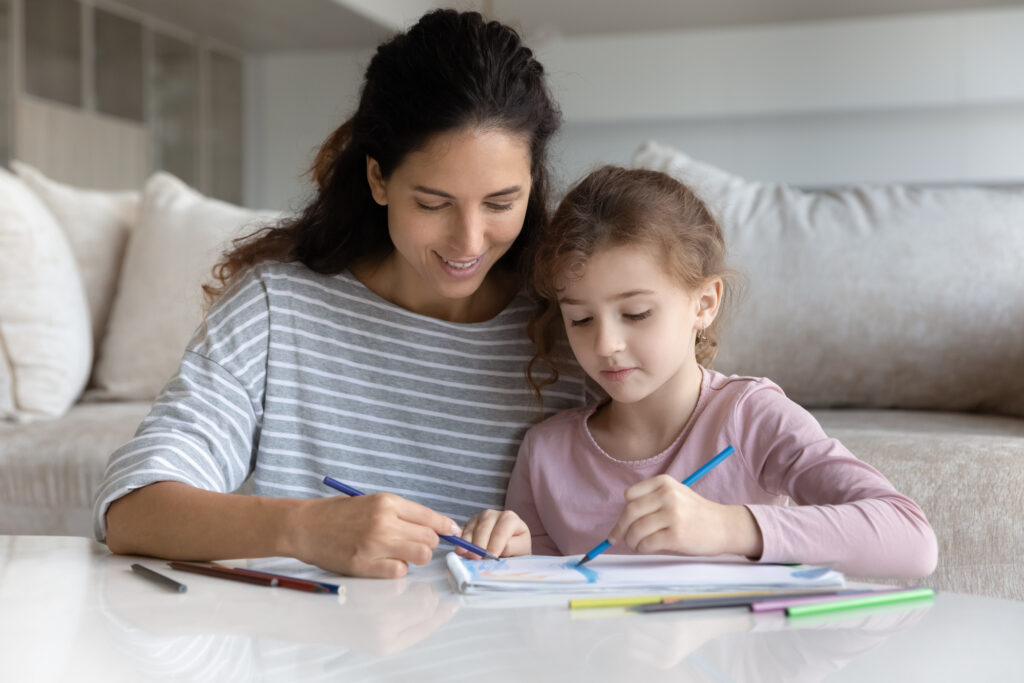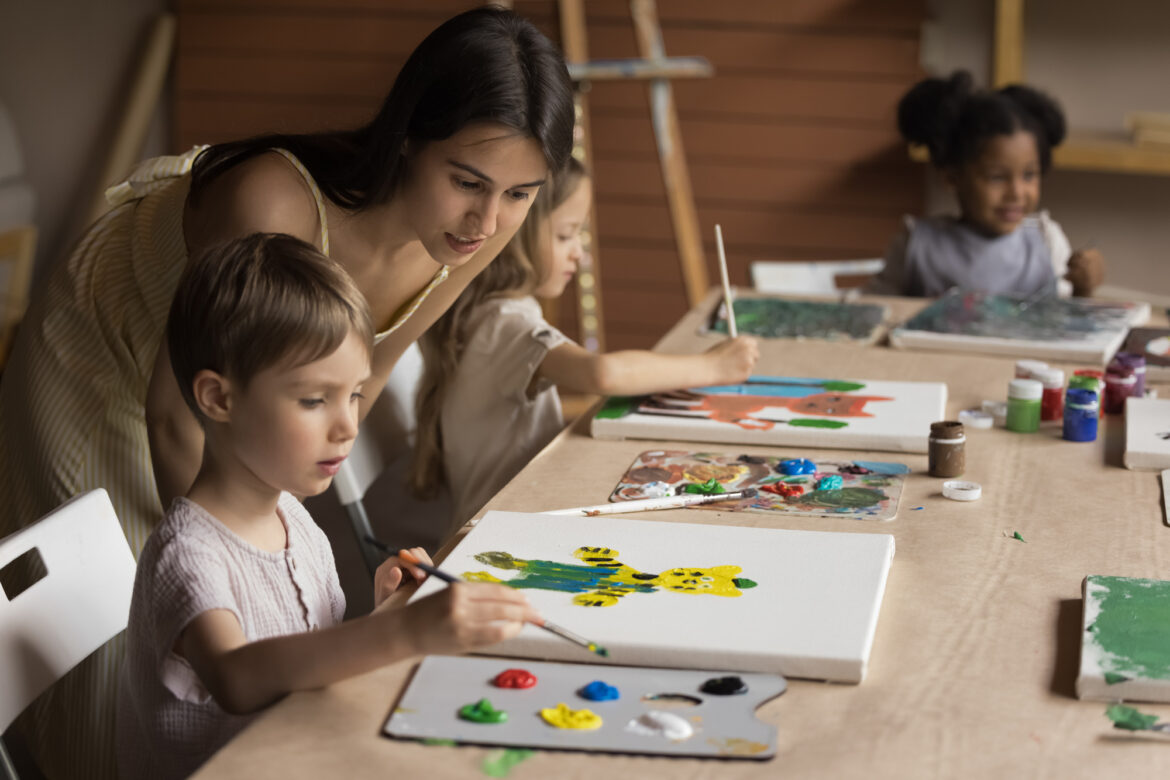Fostering creativity and embracing cultural diversity are crucial in developing versatile individuals. Young learners, endowed with innate creative thinking, effortlessly connect with the diverse cultures around them.
This article delves into the significance of nurturing creativity and fostering cultural awareness during the early years of education. It offers insights into collaborative efforts between educators and parents to establish an environment encouraging creativity and cultural understanding.
Encouraging Curiosity and Exploration
Establish a secure and stimulating environment by providing age-appropriate toys, books, art supplies, and exploration materials. Pose open-ended questions to encourage critical thinking, steering clear of yes/no inquiries. Demonstrate curiosity in your own life to serve as a model for your child, showing excitement for learning new things.
Pay attention to your child’s interests and offer relevant resources to support them. Allow unstructured playtime, allowing children to use their imagination and creativity. Incorporate open-ended toys that facilitate creative thinking and problem-solving. Create a curiosity jar filled with intriguing questions or prompts for discussion.
You can also read various books together, discussing stories and characters about your child’s experiences. With excellent education, you can lay the groundwork for a generation equipped with knowledge and the skills to help your child explore and satisfy their curiosity. Check out Brookvale daycare or one in your area.
Embracing a Growth Mindset
Embracing a growth mindset is crucial for cultivating creativity in young learners. To instill this mindset, emphasize the value of effort over innate talent and celebrate achievements resulting from dedication and perseverance.
Foster a safe environment where making mistakes is viewed as a natural part of the learning process, encouraging students to learn and improve from failures. Provide specific, constructive feedback centered on effort and improvement rather than fixed traits.
Help your child set challenging yet attainable goals, breaking them down into manageable tasks. Model a growth mindset by showcasing your willingness to learn and overcome challenges, sharing stories of struggles and successes.
Cultivating Cultural Awareness
Cultivating cultural awareness in young children involves incorporating various activities promoting open-mindedness and empathy. One approach is through multicultural story time, where parents and educators can read books featuring characters from different backgrounds, encouraging discussions about customs and traditions.
Explore international cuisines through cooking activities to help you learn about diverse ingredients, cooking methods, and cultural significance. Celebrate holidays from various cultures by participating in crafts, music, and activities, promoting an understanding of historical and cultural contexts. Engage in show-and-tell sessions, allowing you to share artifacts and explain the significance of items from your cultural background.
During daily activities, language exposure introduces basic words and phrases from different languages, fostering your curiosity about language diversity. Incorporate music and dance from various cultures into classroom activities to enhance your cultural understanding. Display world maps and explore different countries, landmarks, and origins of stories on maps to encourage your geographical awareness.
Field trips to cultural institutions and inviting guest speakers offer real-life exposure to diverse perspectives. Collaborative art projects, such as murals or collages, allow you to express cultural elements collectively.
Collaboration between Educators and Parents
Fostering creativity and cultural awareness requires a collaborative effort between educators and parents. When both parties work together, the impact on a child’s development is amplified.
Establishing open communication channels between educators and parents is crucial. Regular meetings, newsletters, and workshops can be platforms for sharing insights, discussing strategies, and aligning efforts to create a cohesive approach to fostering creativity and cultural awareness.
Engage Parents in Learning Initiatives

Engaging parents in learning initiatives that promote creativity and cultural understanding is crucial for extending the educational environment beyond the classroom. Cultural exchange programs allow parents to share aspects of their cultural heritage through presentations or demonstrations.
Collaborative projects involving students and parents, such as family art projects or joint science experiments, emphasize shared learning experiences. Parent-Teacher Associations (PTAs) can serve as a platform for ongoing collaboration, discussing and planning learning initiatives during meetings.
Family reading programs encourage parents to read with their children, fostering a diverse literary environment. Leveraging technology, educators can create online resource-sharing platforms and virtual workshops to accommodate busy schedules.
Home-based learning kits aligned with the curriculum promote creativity and cultural awareness, with parents providing feedback on their experiences. Celebratory events showcase student and parental collaborative efforts, fostering a sense of pride and accomplishment. This holistic approach strengthens the partnership between schools and families, enriching the overall educational development of students.
Conclusion
Fostering creativity and culture in young learners through diverse initiatives like cultural festivals and storytelling sessions promotes unity, acceptance, and a sense of belonging within the school community. Involving parents strengthens the school-community bond, preparing students to navigate a culturally diverse world with curiosity and respect. These efforts not only shape creative individuals but also contribute to the development of a harmonious and inclusive society.




Comments are closed.